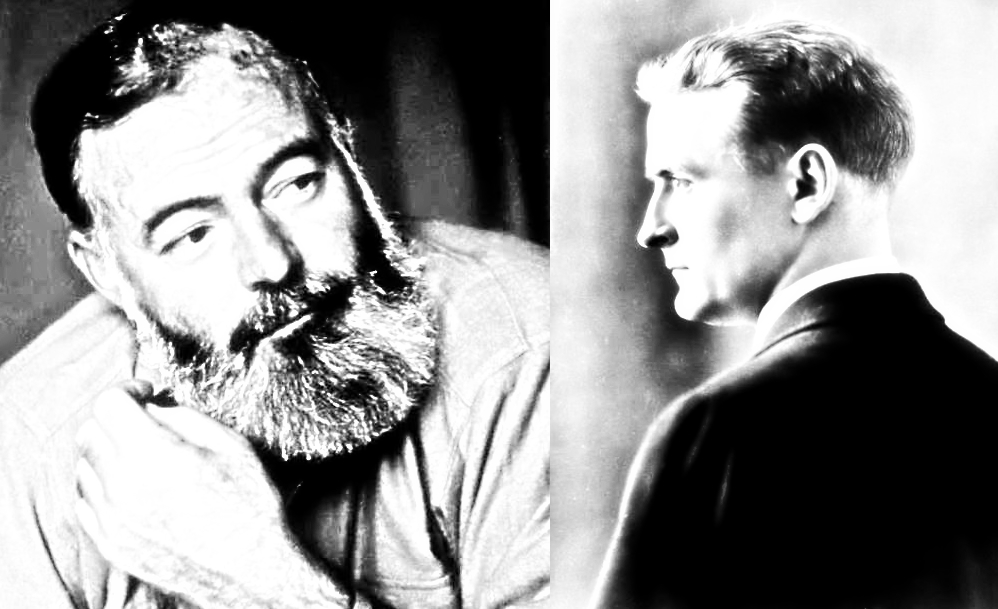What makes us who we are?
It is a clumsy sentence, but I recently asked my students that question because it makes up the claim for their persuasive essay. While it is a graded assignment for them, it is a complex question for me (and for anybody, really). I think there are a lot of answers to this question, but complete responses can really be found in the pages of just about every poem or book we read.
I mean, think about it, in Mary Shelley’s Frankenstein, the monster learns that life is loneliness and ostracism without friendship and love; so, we could conclude that humans need those things to prosper. Dr. Frankenstein loses his wife, his friends, and his family all due to spontaneous shunning, and, of course, the monster reacts badly. Love and friendship, in this instance, are crucial to our existence.
We can learn that from an author.
We have to reflect as individuals to find answers to complex problems (metacognition), because if we just blunder forward into the future, we will never know what works and what does not; thus, we are doomed to repeat ourselves over and over again. Also, we have to look at ourselves in the mirror every morning to see the person we have become, so that we can either stay the course, or change the stream.
What authors tell us about spirituality
In Banana Yoshimoto’s short story “Newlywed,” found in her collection Lizard, we learn about a young man on a subway transit who refuses to go home to his wife because he is conflicted about a lot of things in his new life. While aboard the bus (and confused), he encounters an old man who morphs into a beautiful woman. This woman, perhaps a reflection of some deep spiritual divisiveness, helps him come to grips with his life.
At the end of the story, the young man realizes that though he is spiritually perplexed, he can continue with his life. Essentially, as it relates to this musing, this epiphany happens to many of us in life, because existence is complicated and often we feel as though we have made the wrong choice, whether that be due to regretful marriages, our treatment of other humans, or the various other reasons we might wake from a dead sleep in the middle of the night.
What authors tell us about our morality
In Frank O’Connor’s “First Confession,” we see a young boy afraid of the punishment ahead of him after acting violently toward his family. His actions are in response to the death of his grandfather and because his grandmother now lives with them. While very much a story about Catholic guilt, “First Confession” wrestles deeply with morality and ethics opposed to Yoshimoto’s spirituality in “Newlywed,” which asks us to question our own goodness outside of spiritual necessity. That is to say, if even in the eyes of God the sinners should be treated kindly, what does that make of our belief in justice and punishment?
Through both works we see that spirituality and morality live in a kind of conjoined stasis. We must have one in order to support the other. Most, if not all, of morality in our society has some amount of hypocrisy tied to it because we live in an unfair and unjust world that is both painful and hard to deal with (our choices and our epiphanies see to that); but our spirituality and understanding of ourselves drive our decision-making process, which means we will either do good things or bad things—or neither.
Putting the two together
Lastly, in Kay Ryan’s “The Fabric of Life,” the author shows the reader that the complexity of life is challenging through a playful poem, and that, yes, we are “loath to continue” slogging through the pain and failure that we have to constantly endure. Through this we can say that the spiritual and moral side of life are the “bee stings” that hurt us, but when we make connections after the fact, our humanity shines through.
Here is the poem:
It is very stretchy.
We know that, even if
many details remain
sketchy. It is complexly
woven. That much too
has pretty well been
proven. We are loath
to continue our lessons
which consist of slaps
as sharp and dispersed
as bee stings from
a smashed nest
when any strand snaps—
_
hurts working far past
the locus of rupture,
attacking threads
far beyond anything
we would have said
connects.
(Kay Ryan | The Fabric of Life)
Conclusion
Humans are complex beasts, but we can take it in stride, considering the density of our choices and our feelings about those choices. In this way, authors help us see ourselves for what we are—humans stuck in an intricate web of spiritual chaos and moral uncertainty trying to make connections to solve those problems. So maybe if we read enough and learn enough about what other’s think (such as authors), we can easily make sense of that confusion when it infects our lives.
Works Cited
O’Connor, Frank. “Traverller’s Samples.” Macmillan, 1951.
Ryan, Kay. “THE FABRIC OF LIFE by Kay Ryan | Poetry Magazine.” Poetry Magazine, 4 Sept. 2021, poetryfoundation.org/poetrymagazine/poems/40887/the-fabric-of-life.
Yoshimoto, Banana. “Lizard.” Shinchosha, 1993.







